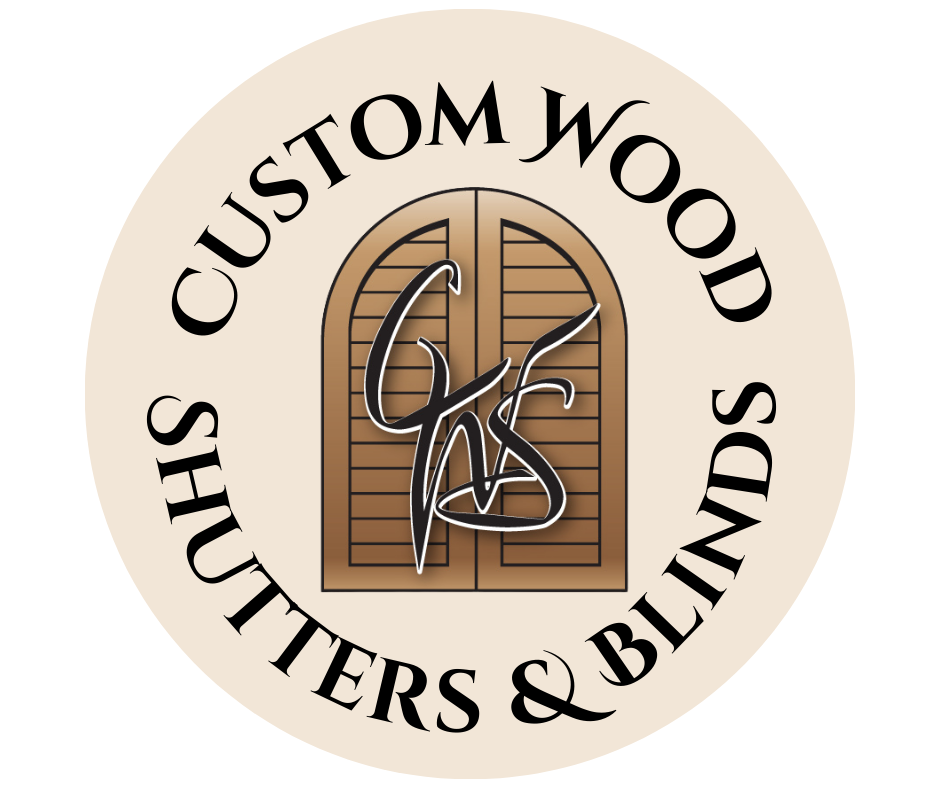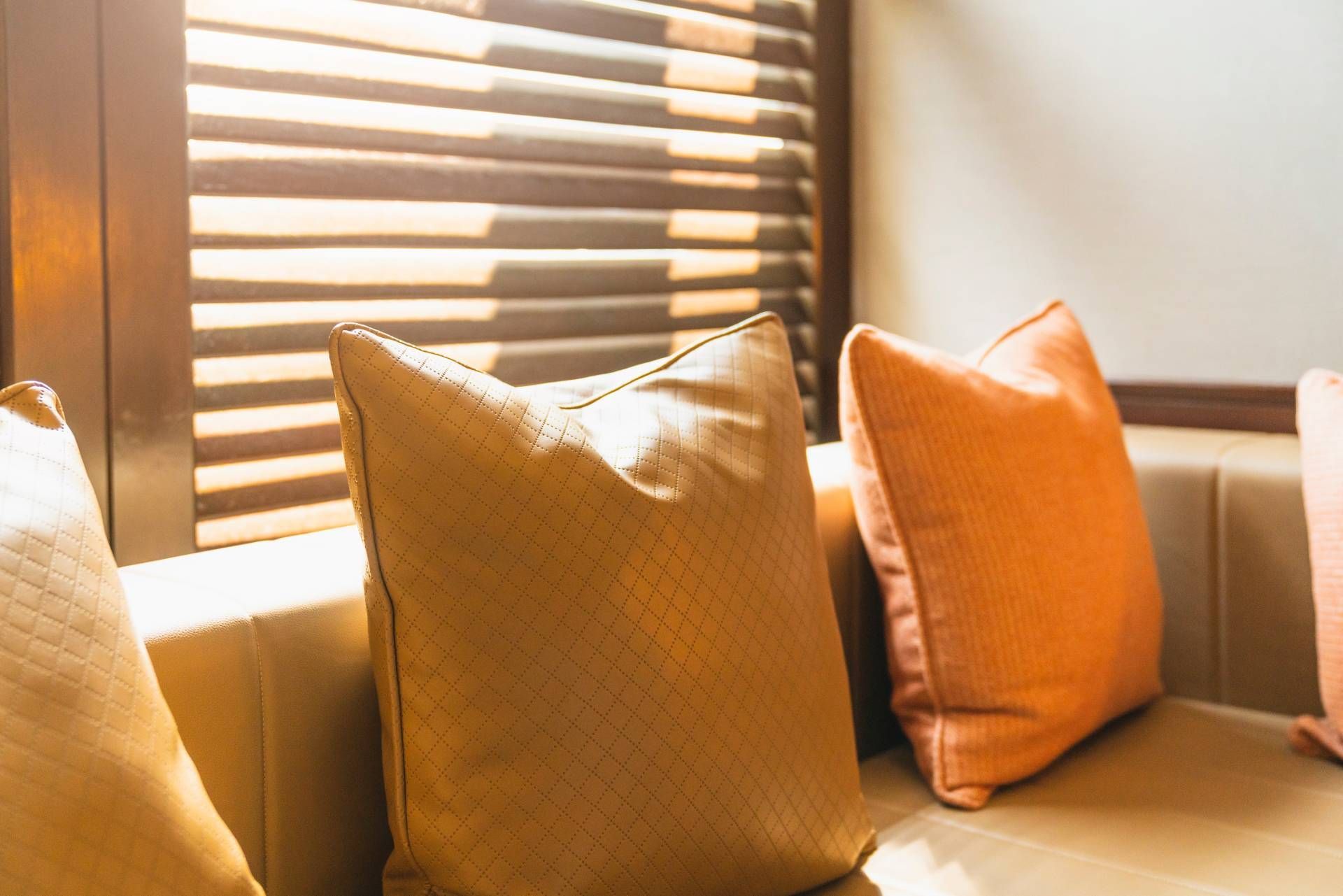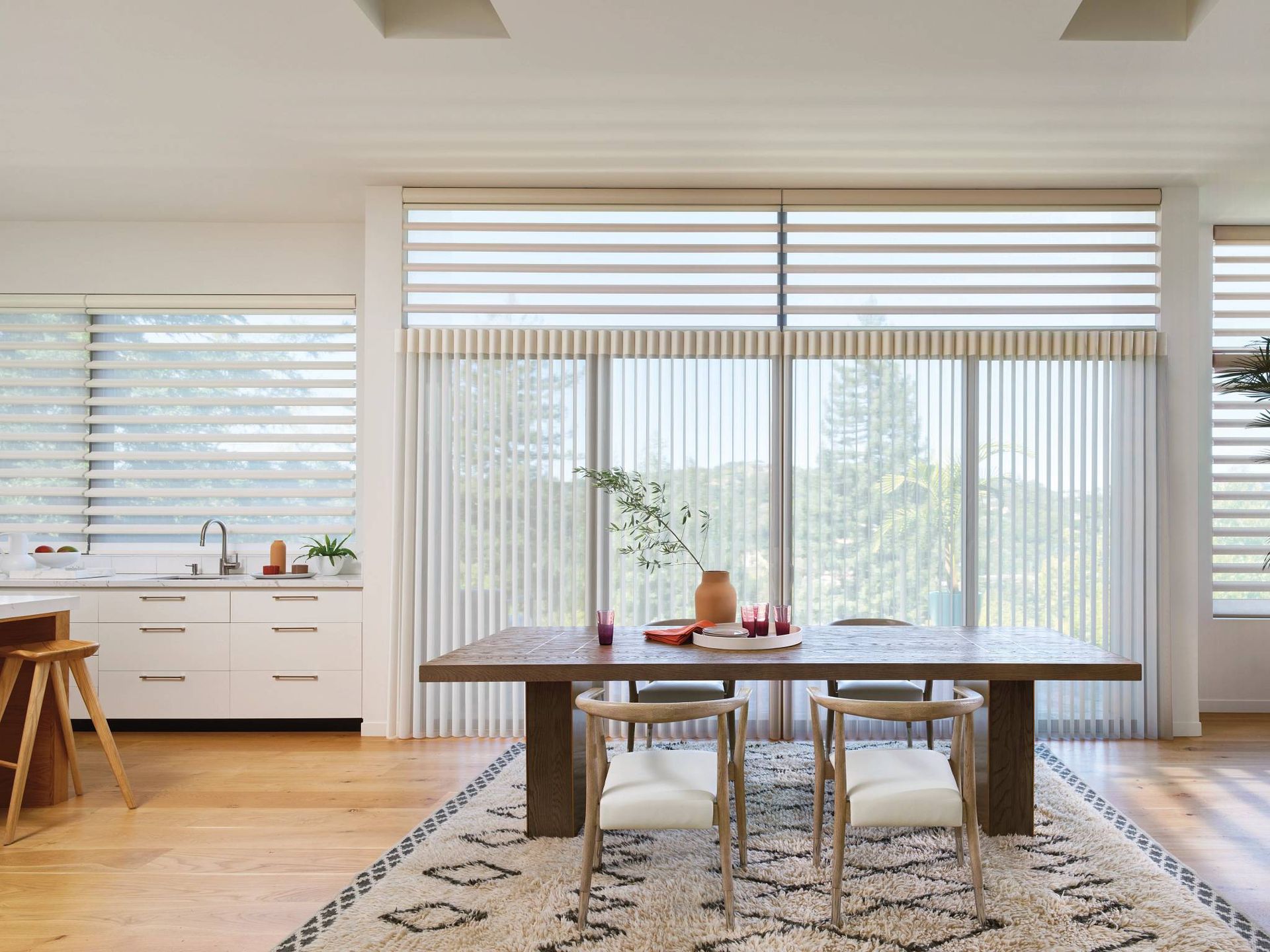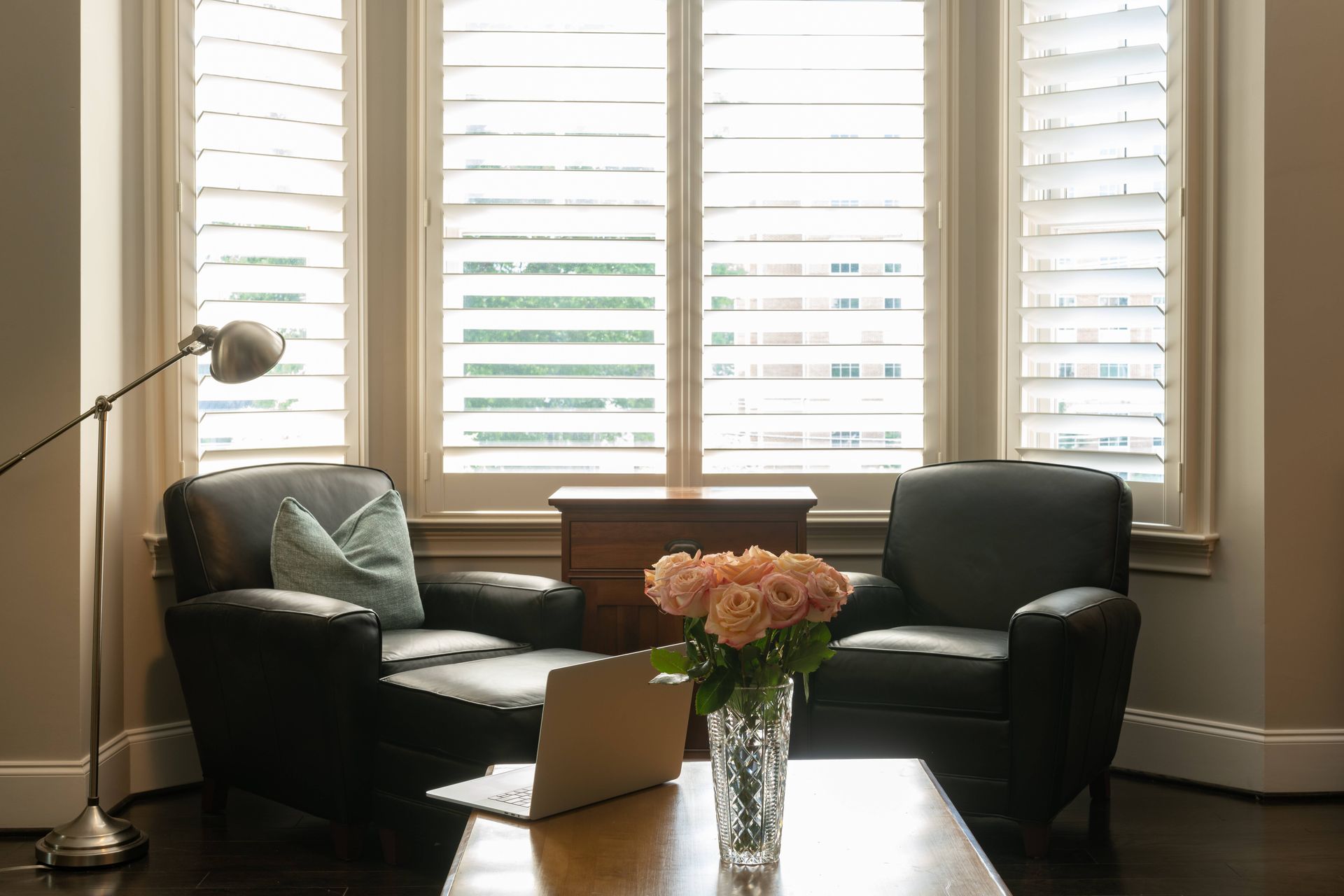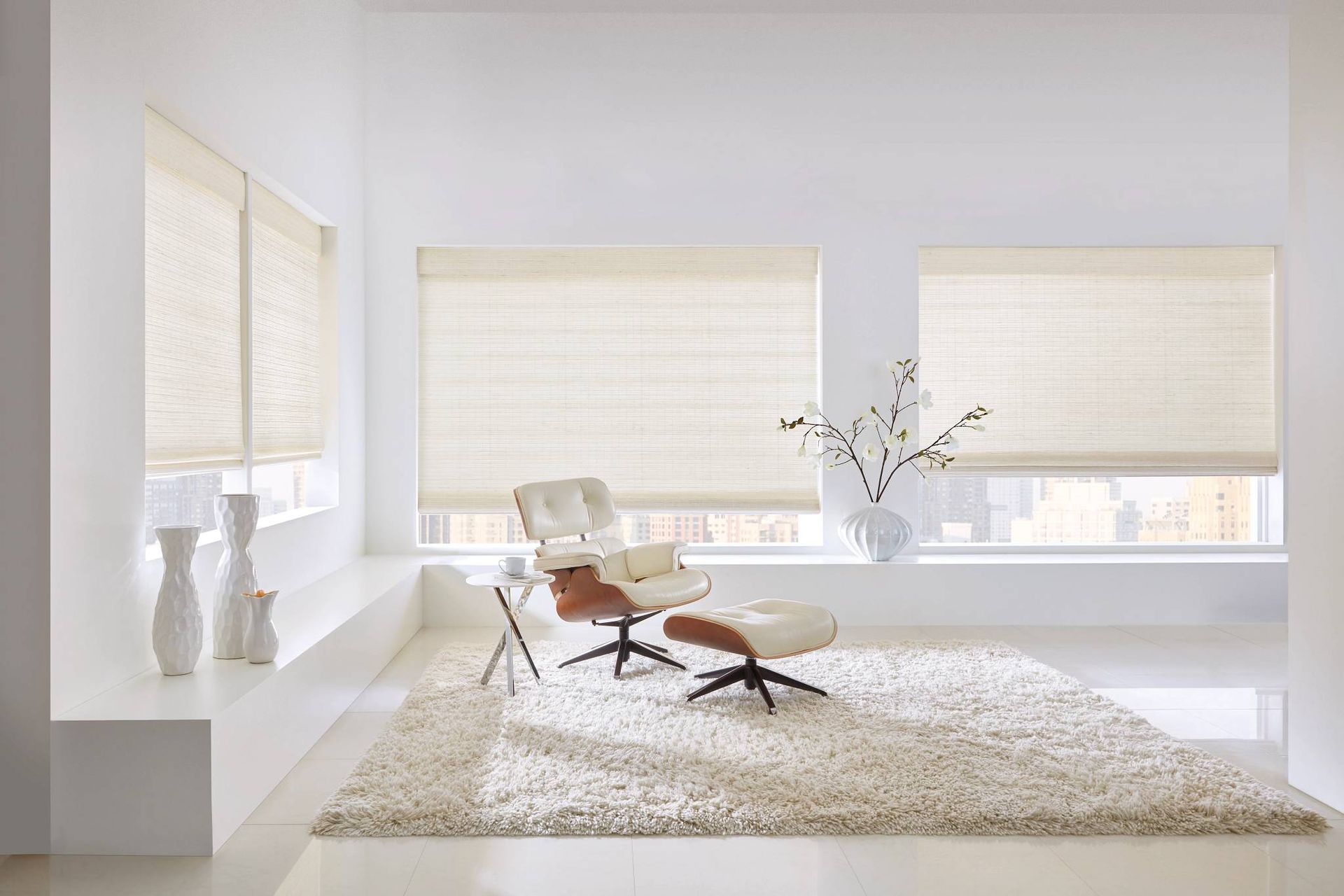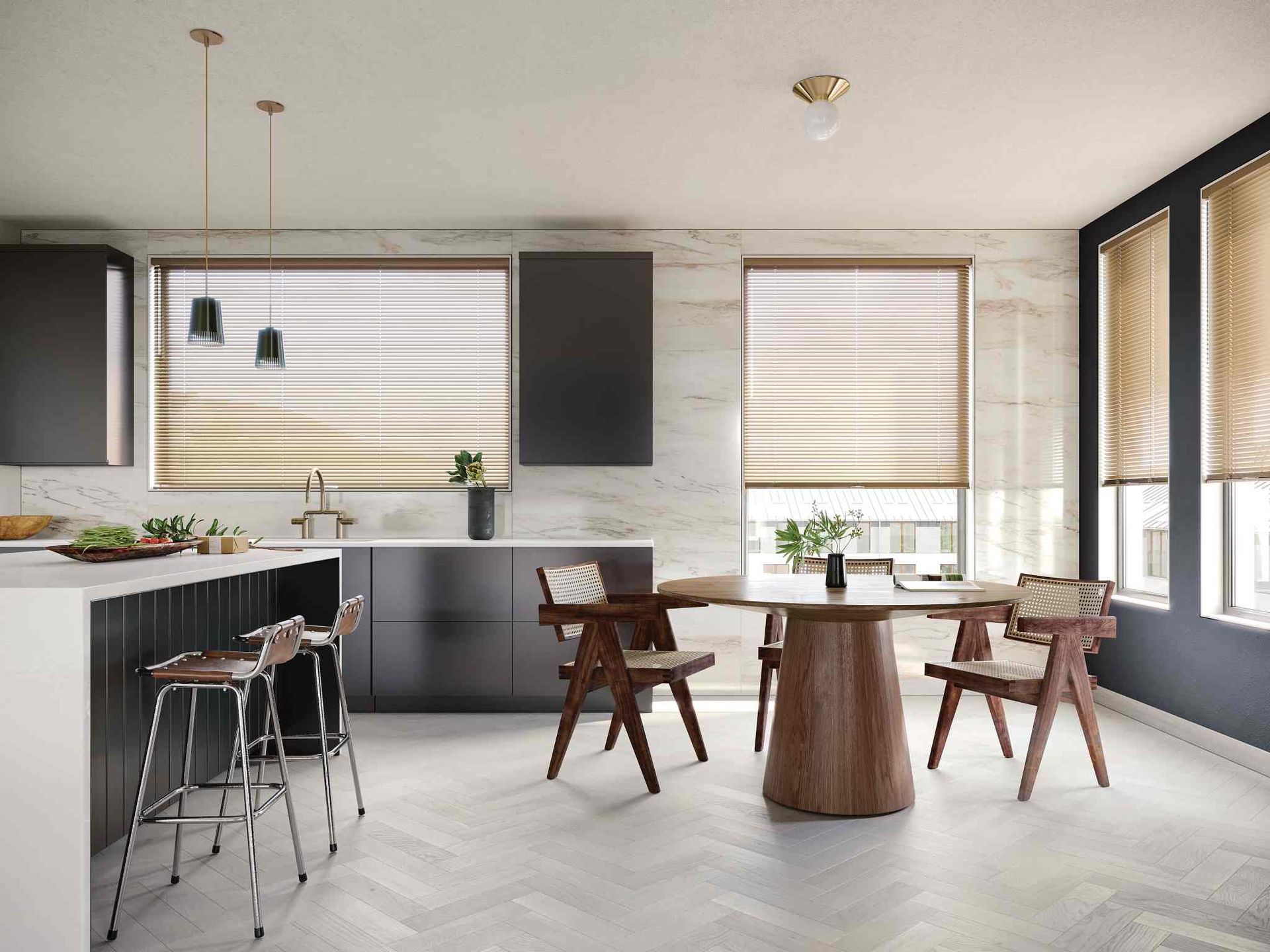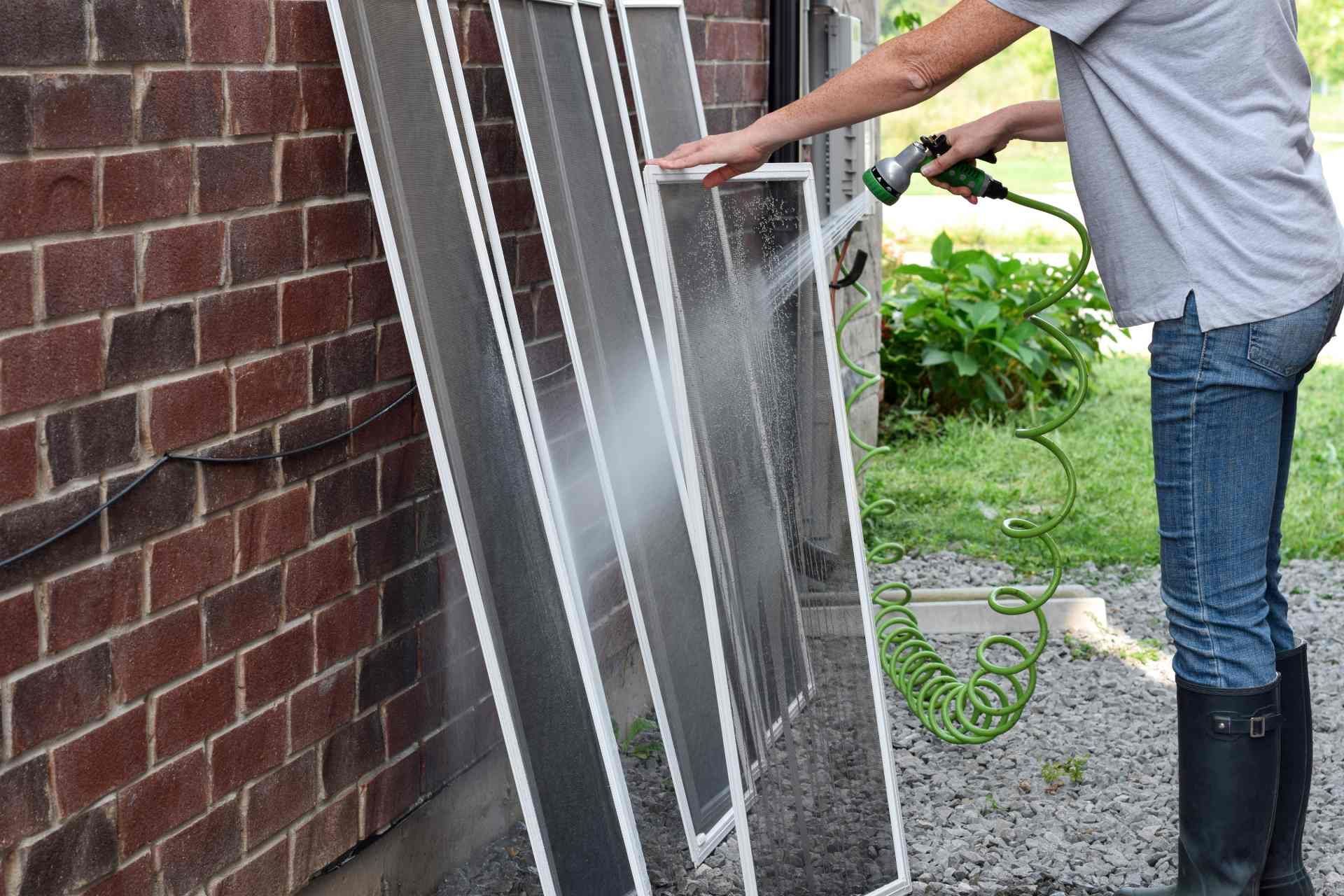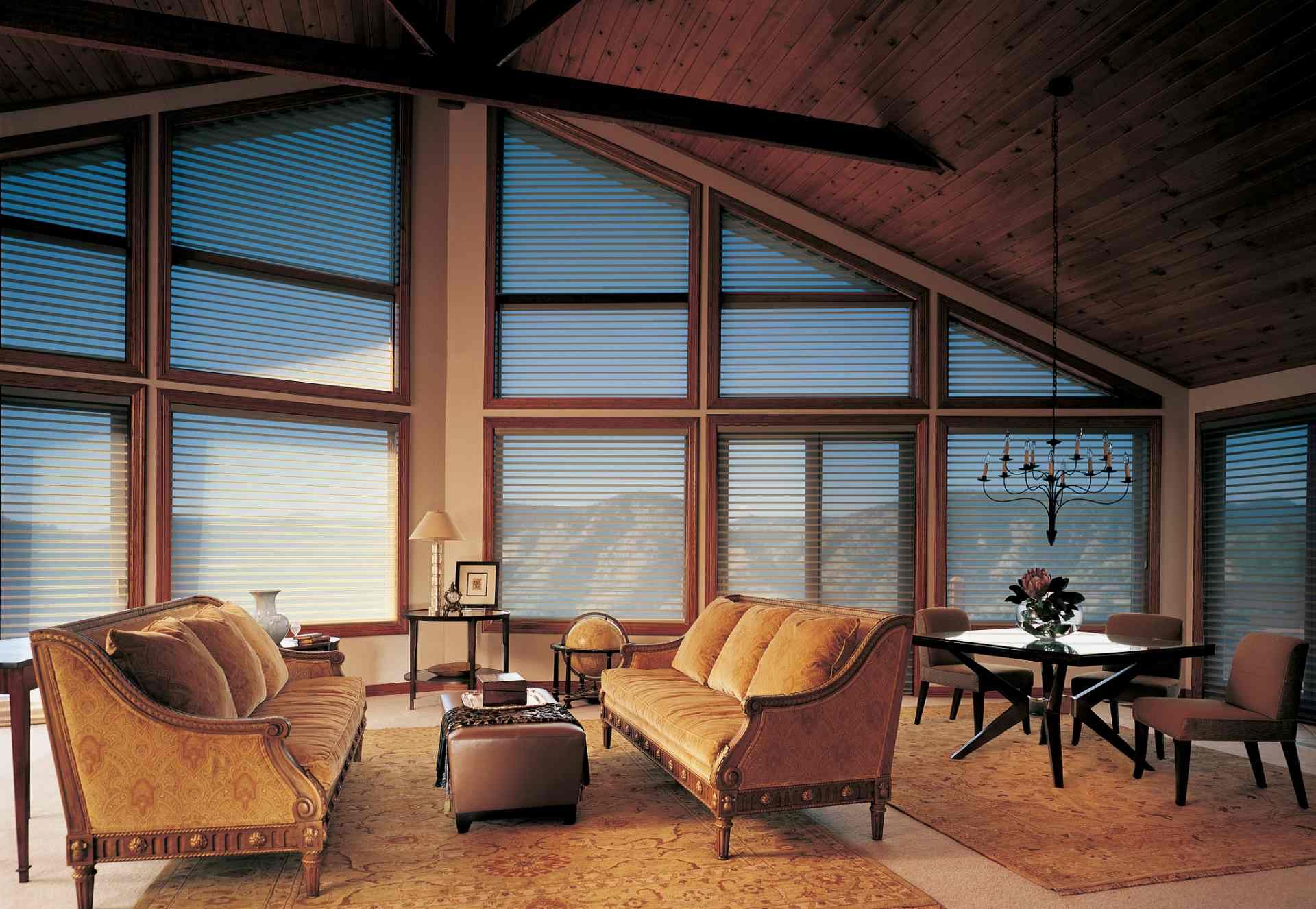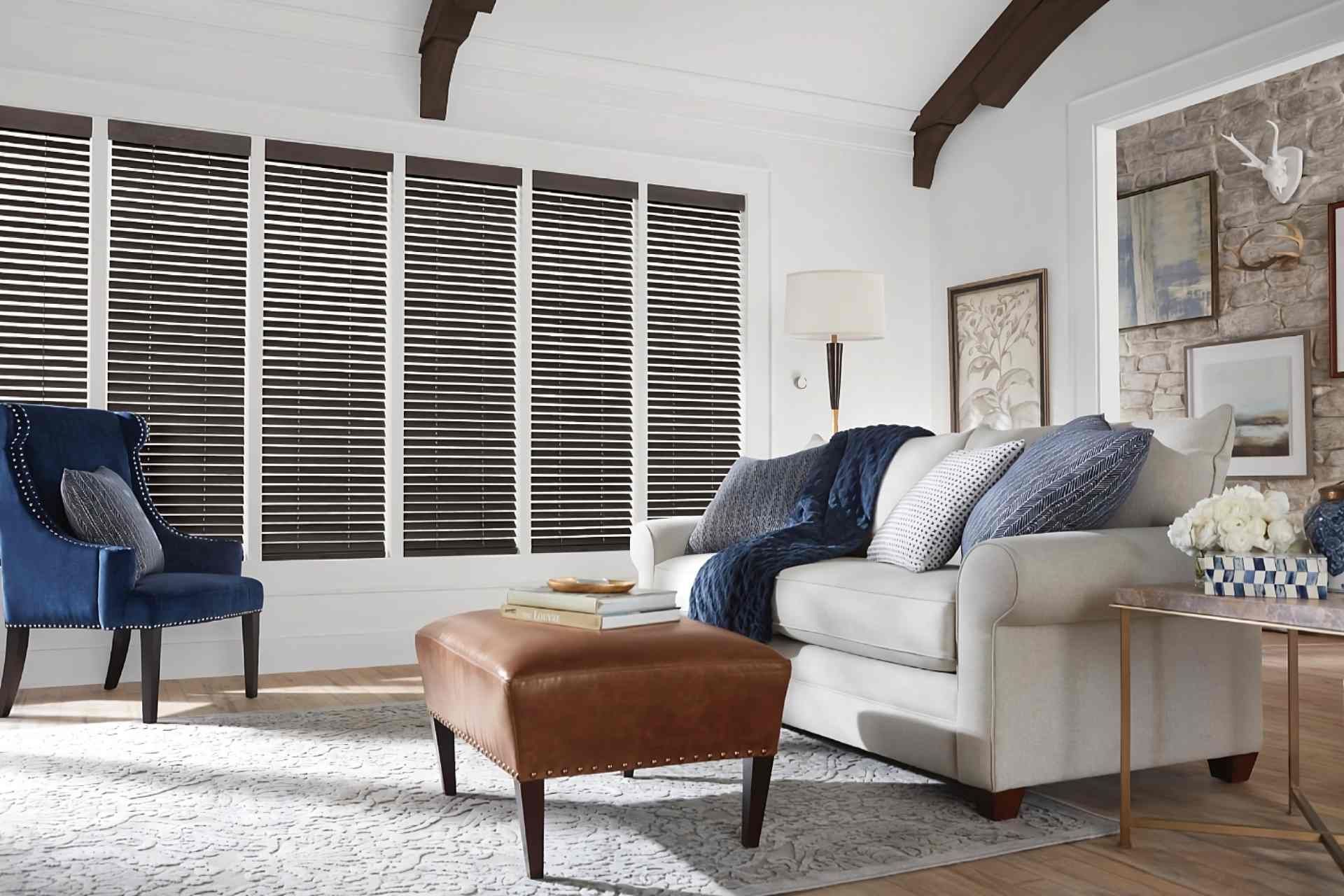Learn How to Tighten Interior Shutters
Custom interior shutters have a traditional profile, and homeowners love the window treatment for its long-lasting beauty and durability. Still, they can become loose over time as you open and close them. Learning how to tighten shutters is easy and helps them look and operate better.
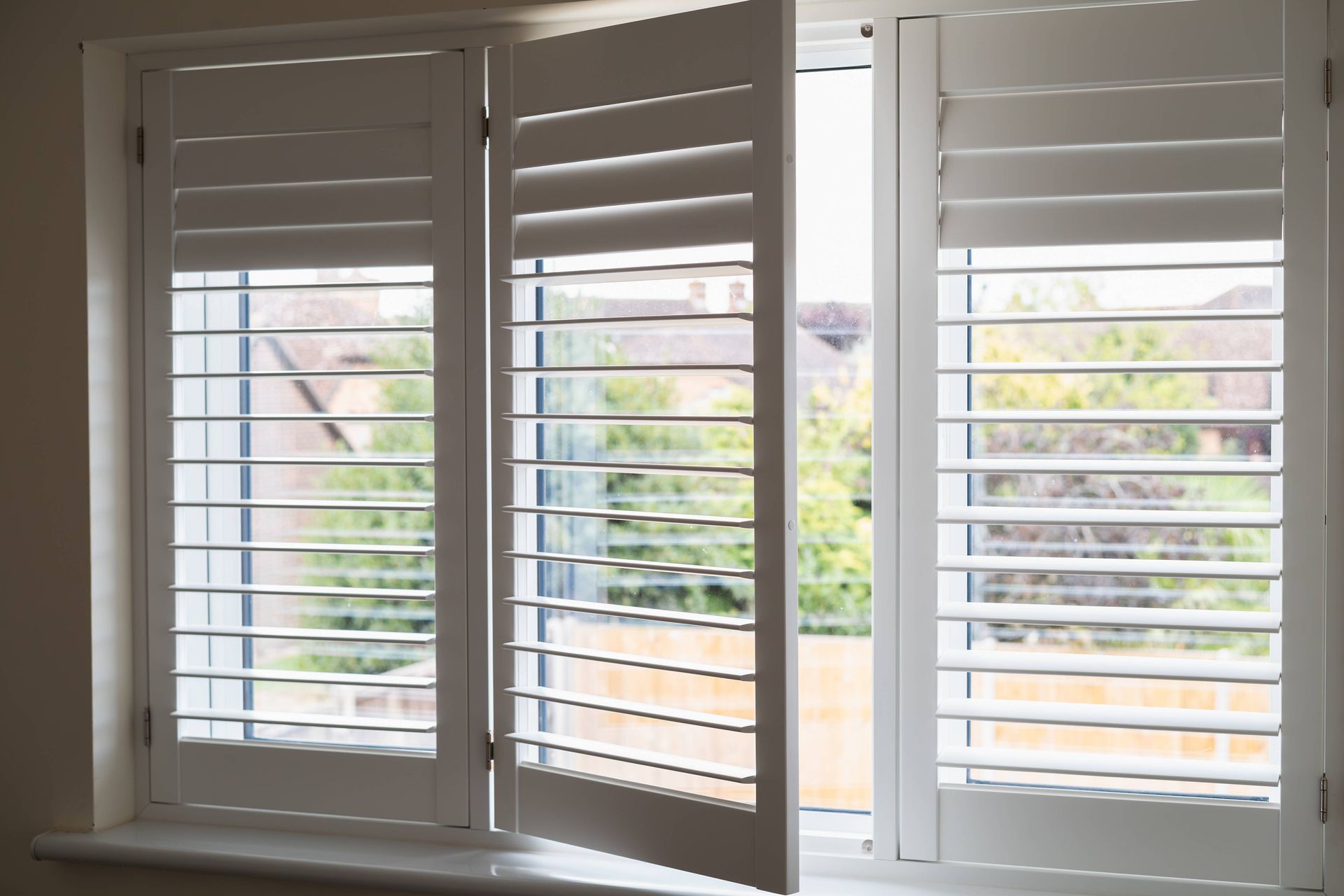
For decades, the Custom Wood Shutters & Blinds window treatment experts have created handcrafted custom shutters from high-quality hardwood. We’re happy to share the step-by-step process for tightening and tips for simple fixes.
How to Tighten Interior Shutters
First, let’s explain how they work. Interior shutters are solid window coverings with adjustable louvers mounted inside a window frame. Unlike exterior shutters, which get installed outside homes for mostly decorative purposes, interior shutters are also decorative but functional, too. Installation involves securing frames to the window casing.
Now, you’re ready for the step-by-step on how to tighten shutters yourself:
1. Check and Tighten the Screws
One of the most common reasons why shutters become loose is the screws gradually working their way out. Inspect the hinges and tension screws to see if they need tightening.Use a screwdriver and turn them clockwise.
If the screws seem worn or stripped, replace them with slightly longer ones for a firmer hold.
2. Adjust the Tension Pins
Many interior shutters have tension pins located on the sides of the louvers. These small components control how easily the louvers open and close. If the shutters still seem loose, turning the pins clockwise with a small screwdriver will add resistance.
Or, if they’re too tight, turning them counterclockwise will allow easier movement.
Steps for Fixing Interior Shutters
Here are a couple of steps to follow when your interior shutters require going beyond a simple tightening:
1. Replace or Add Friction Strips
Friction strips are often inside the shutter panels to help keep them securely in place. Over time, these strips may wear down, leading to shutters that won’t stay put.
Replacing worn strips or adding new ones can provide additional grip so the louvers won’t shift unintentionally.
2. Inspect the Frame and Hinges
If shutters feel wobbly or won’t close properly, check the frame alignment. Wood can shift over time due to temperature and humidity changes, and tightening the hinges where the panels connect to the frame can help.
If needed, slightly adjust the hinge position.
The Importance of Tightening and Fixing Interior Shutters
Learning how to tighten shutters is about more than just appearance. Well-maintained shutters provide better light control, reduce glare, and protect furniture from sun damage. Properly working frames and louvers also protect your privacy, preventing unwanted gaps.
Just as importantly, tightening shutters can extend their lifespan by reducing unnecessary stress on the components.
What to Do When DIY Doesn’t Work
If shutters remain loose after tightening the screws and making repairs, there may be a structural issue. For example, frames that have shifted significantly may require realignment.
In cases where multiple panels are affected, our team can provide a long-term solution. We design, install, and service our custom shutters without subcontractors.
Shop Quality Custom Shutters Near Tustin, CA
If your shutters require more than a simple fix, we’re happy to discuss high-quality custom options. Custom Wood Shutters & Blinds has beautifully crafted custom shutters that will fit your space perfectly.
Contact us online or call or text (714) 838-2142 to learn more about our custom shutters or if you have any questions. We proudly serve Tustin, Rancho Mission Viejo, Anaheim Hills, Irvine, Yorba Linda, and Corona Del Mar, CA.
